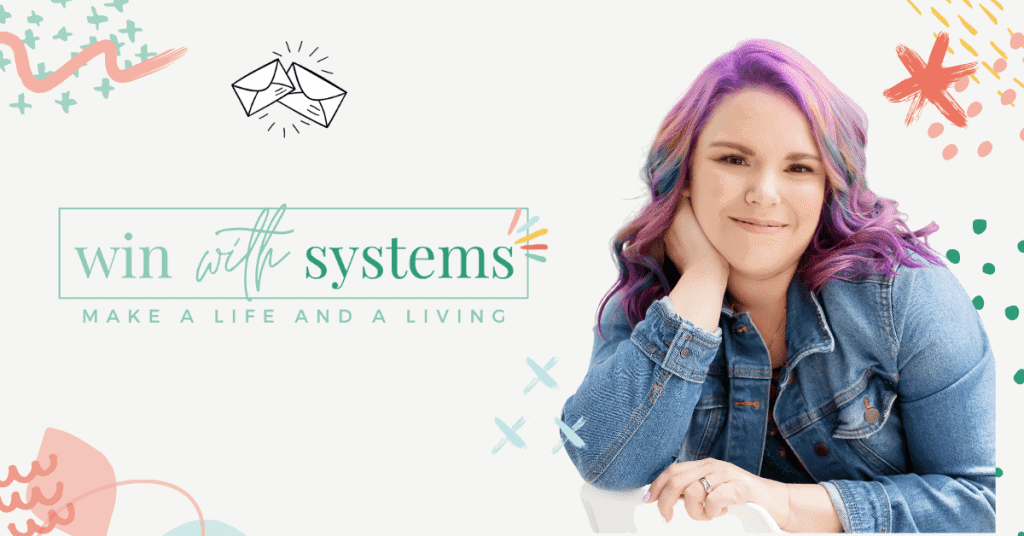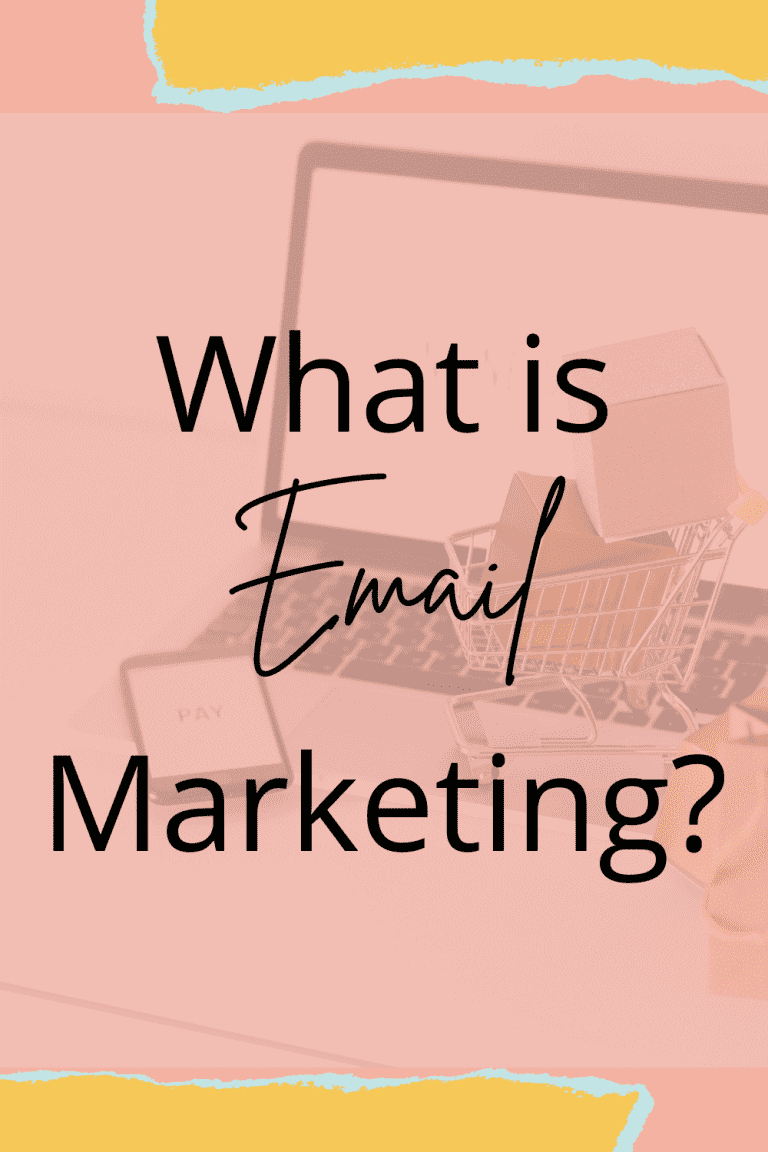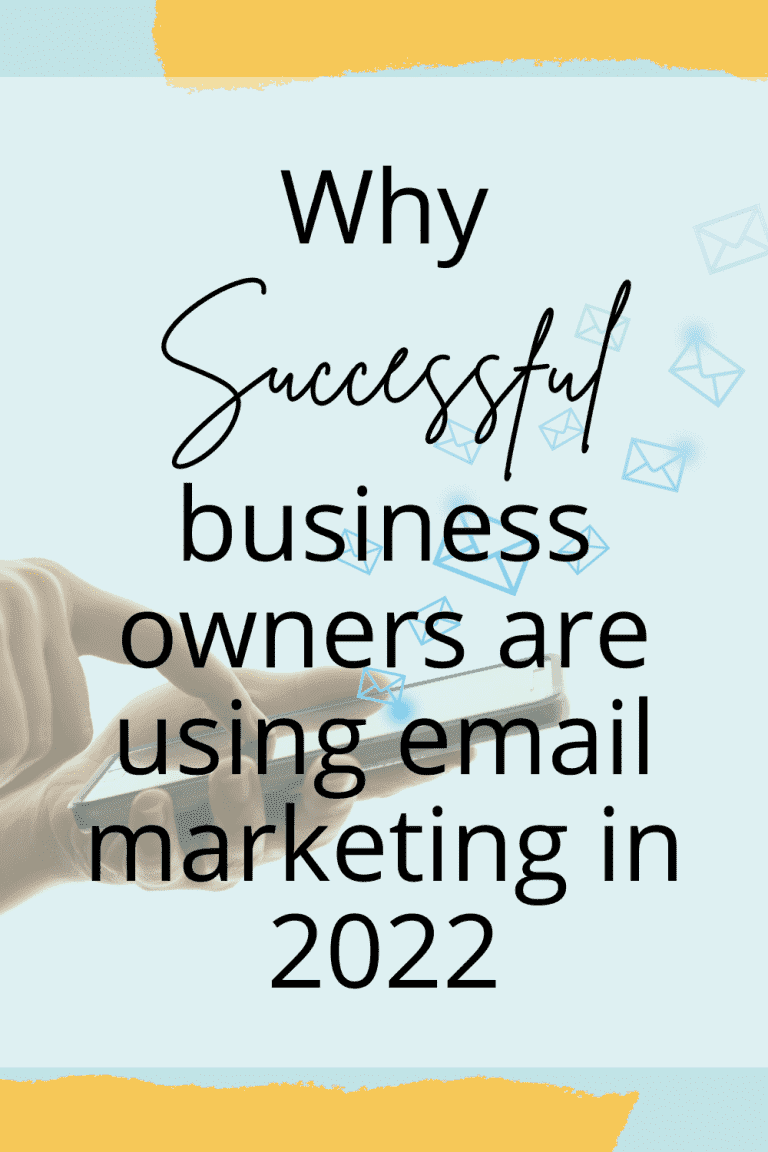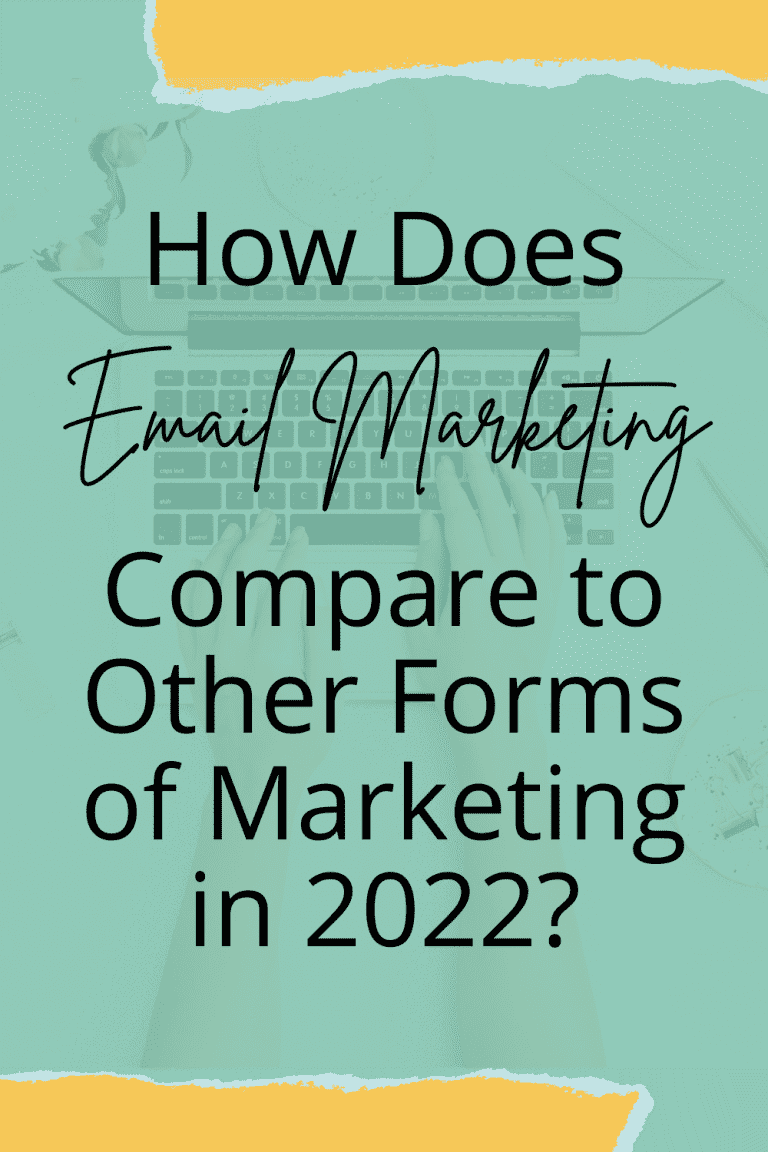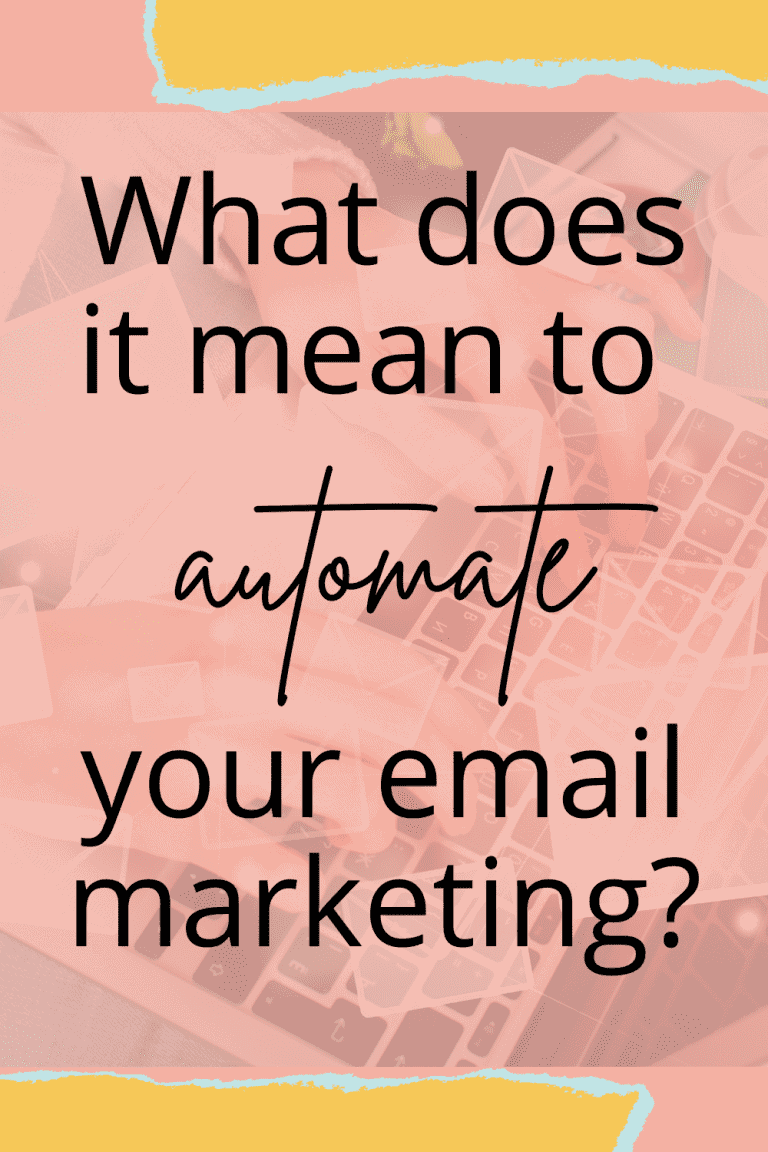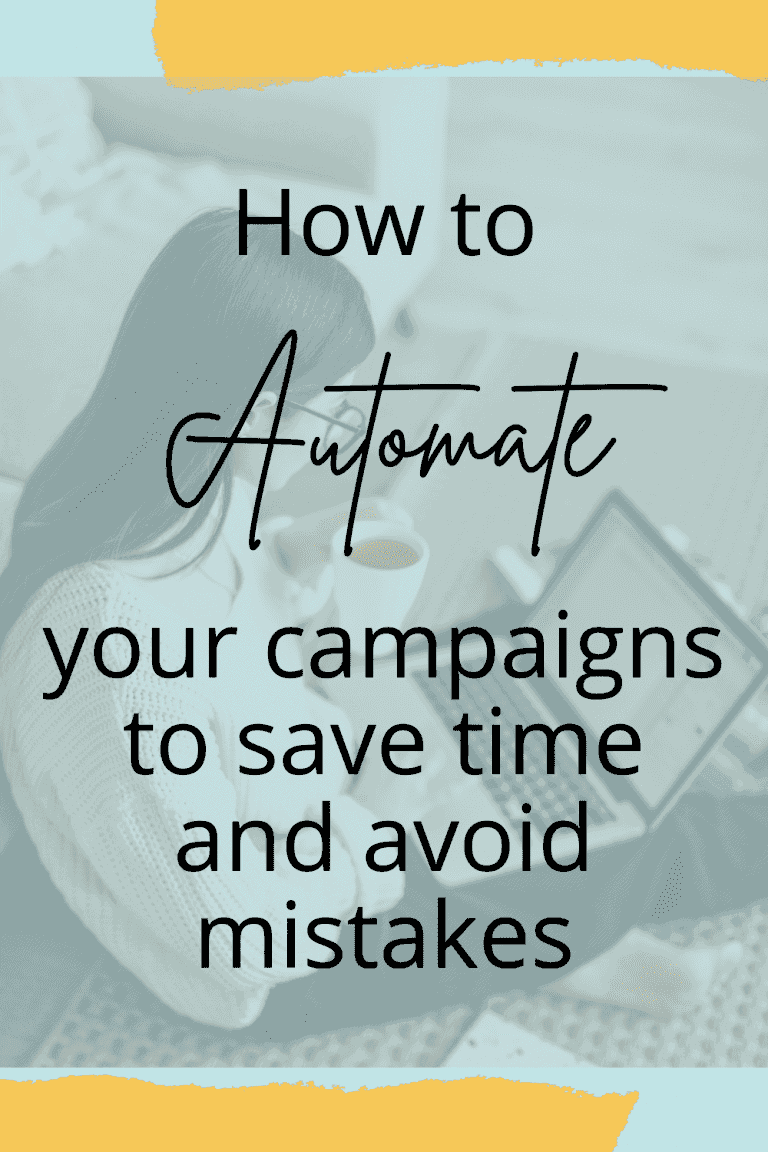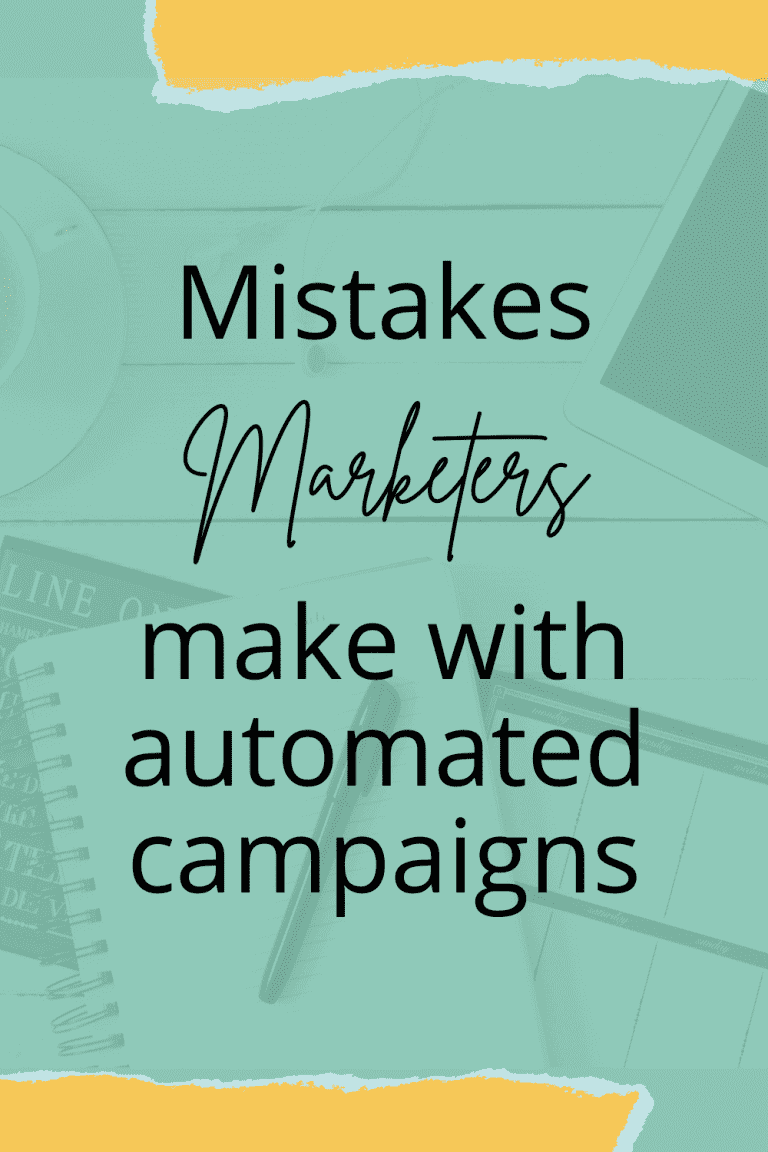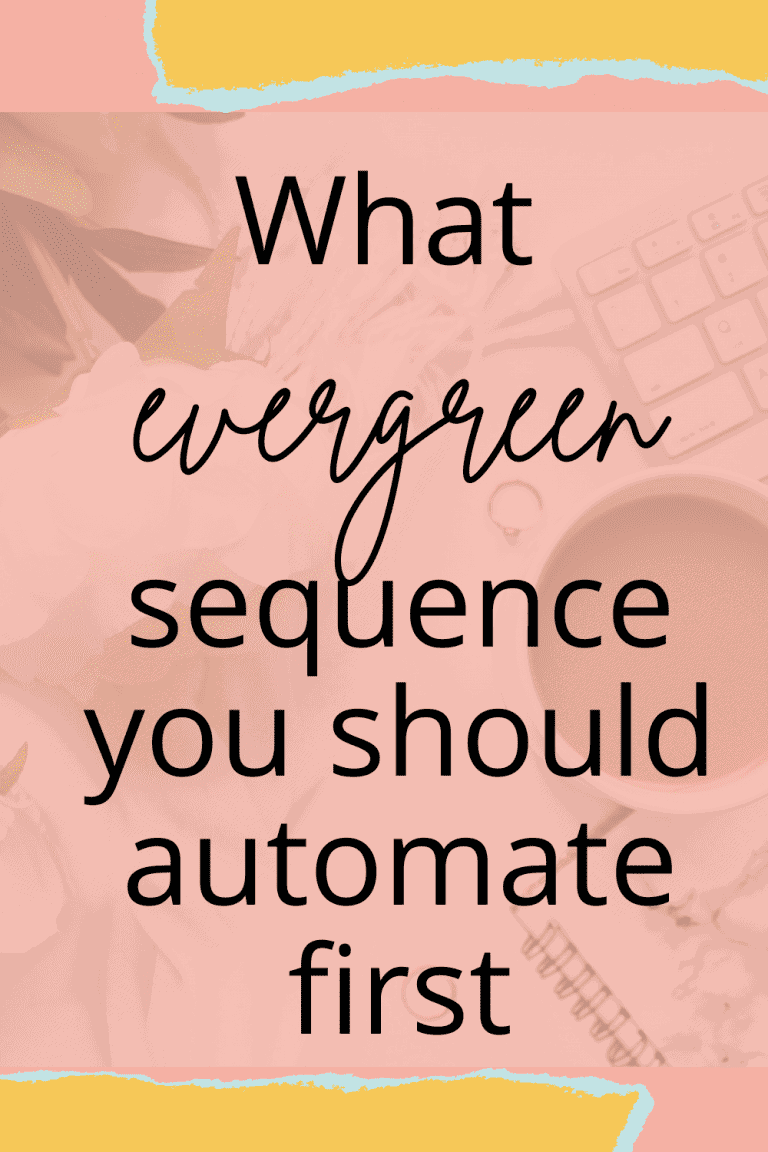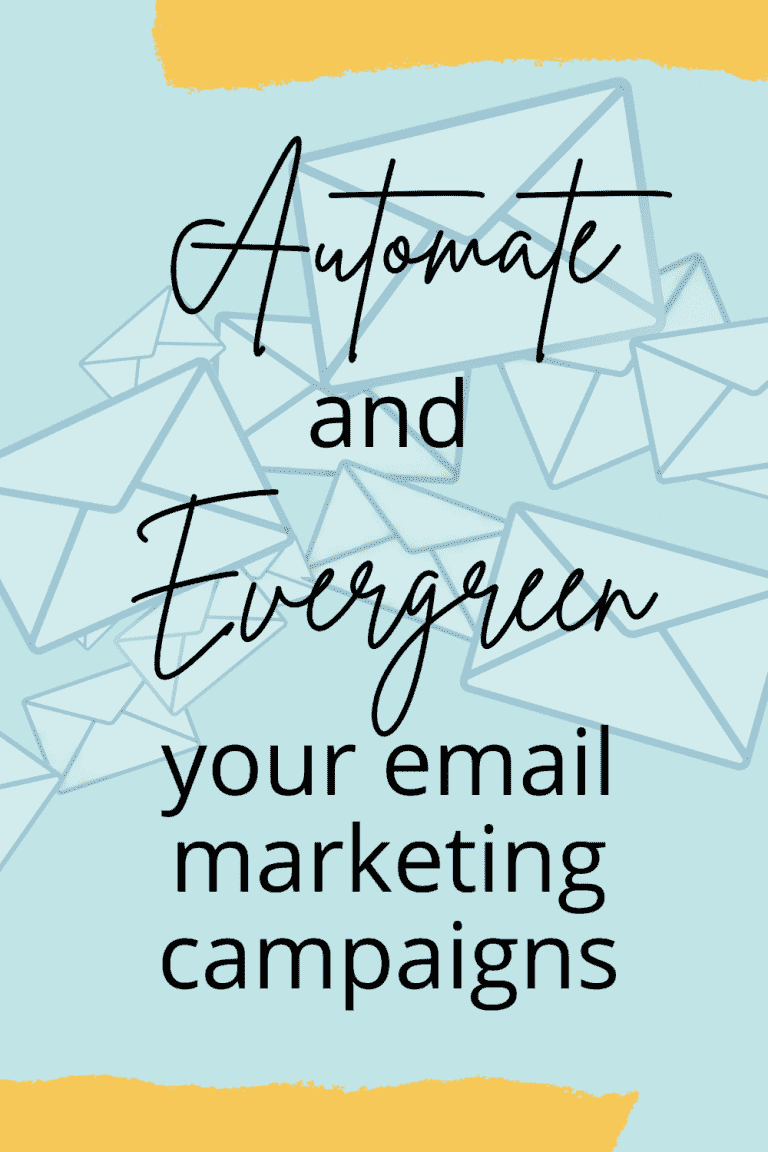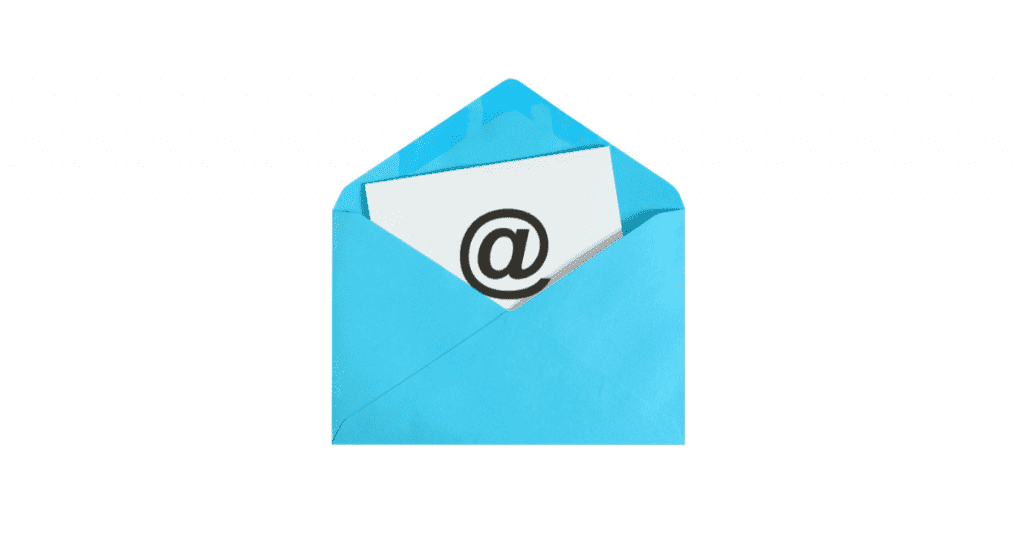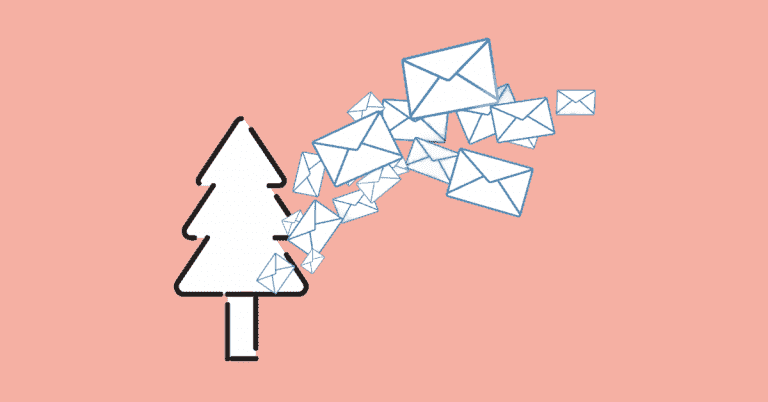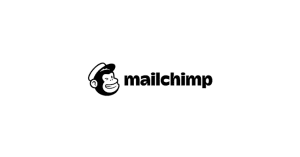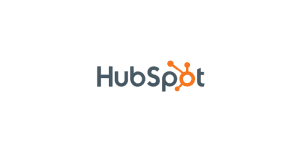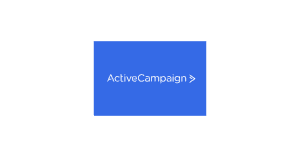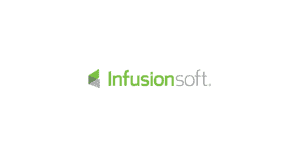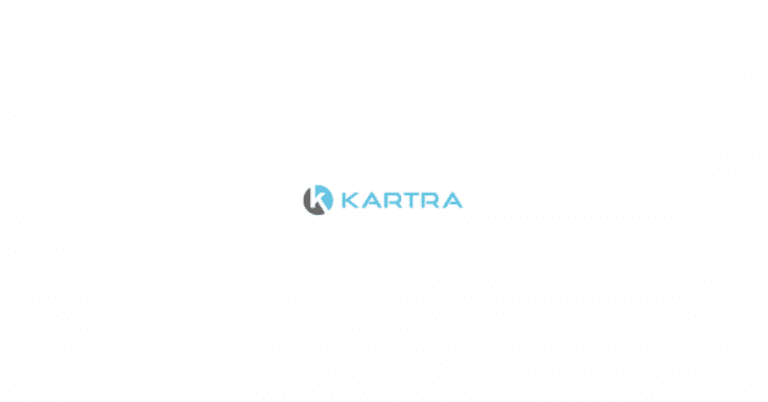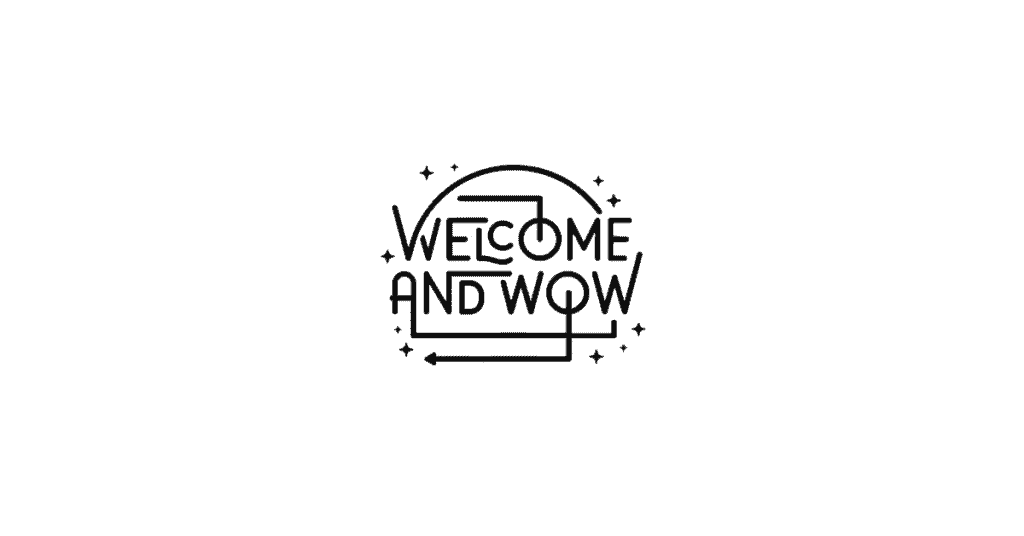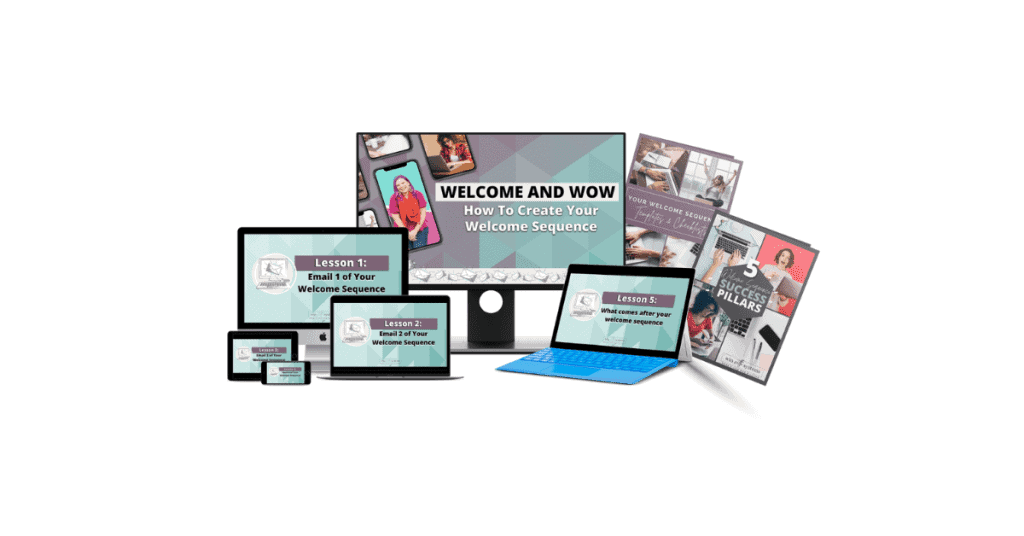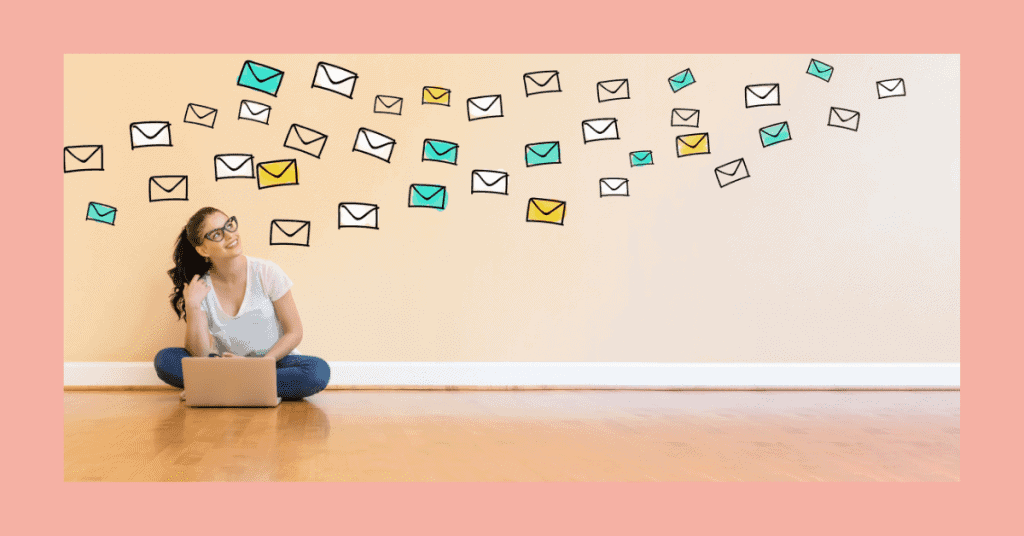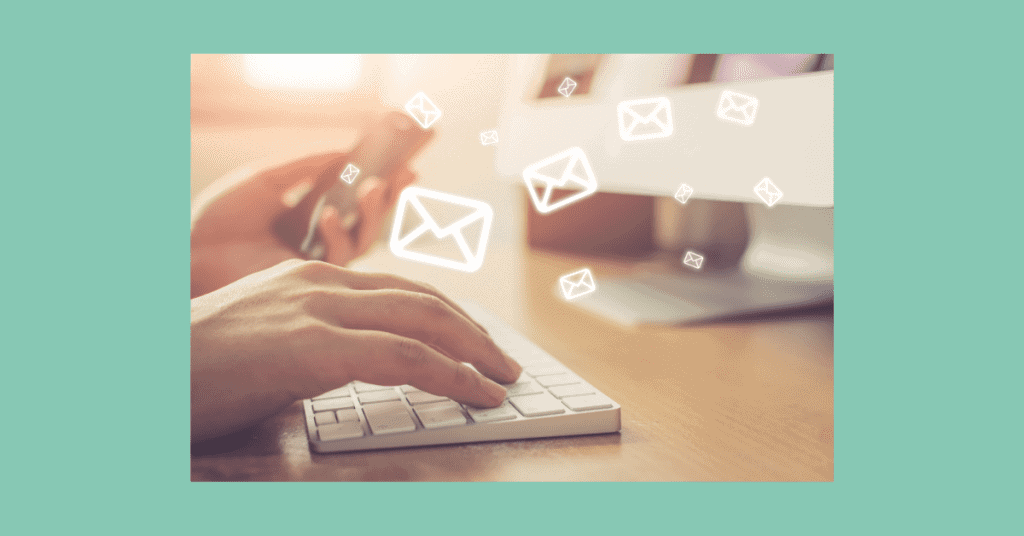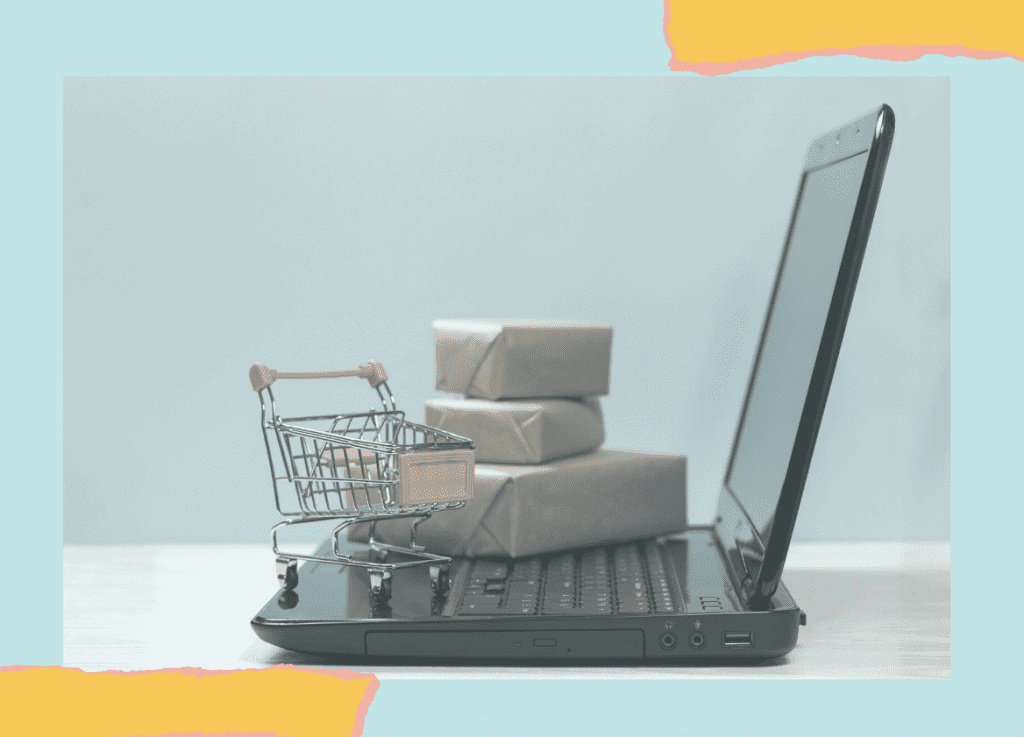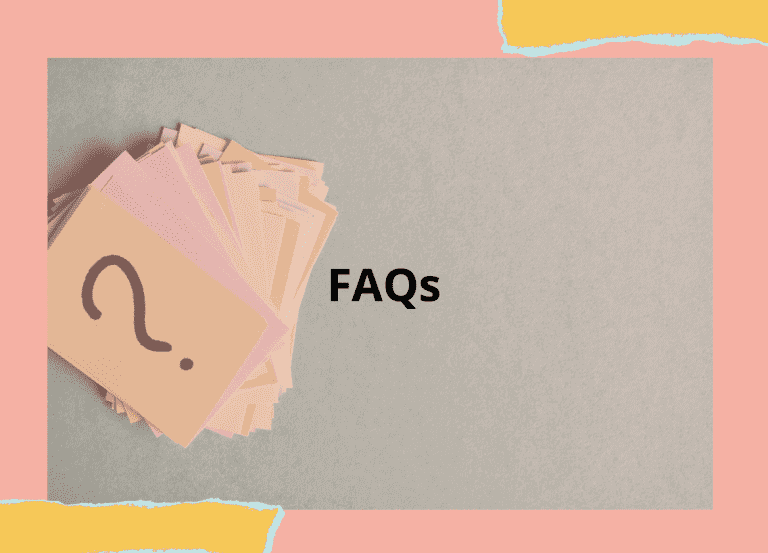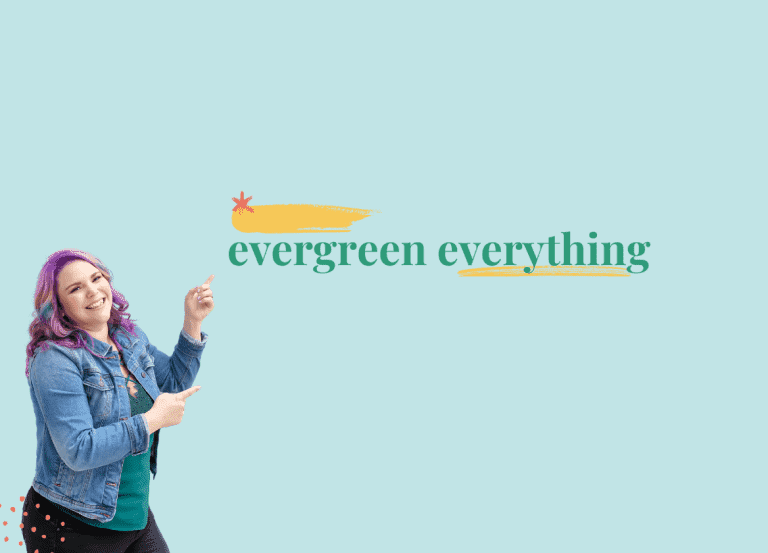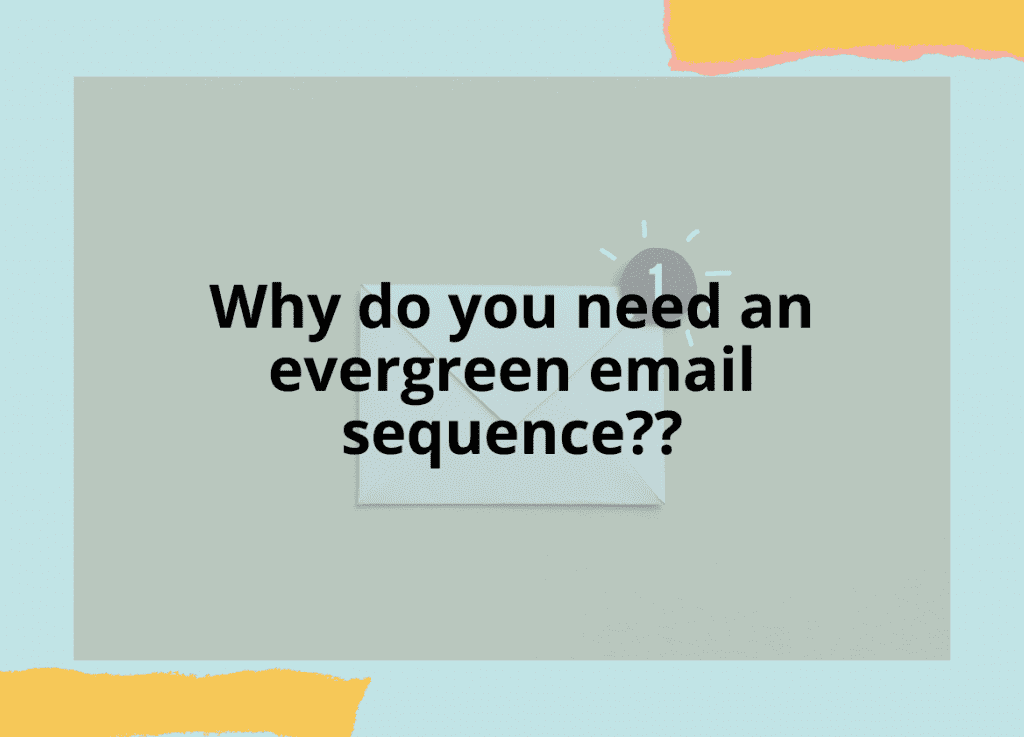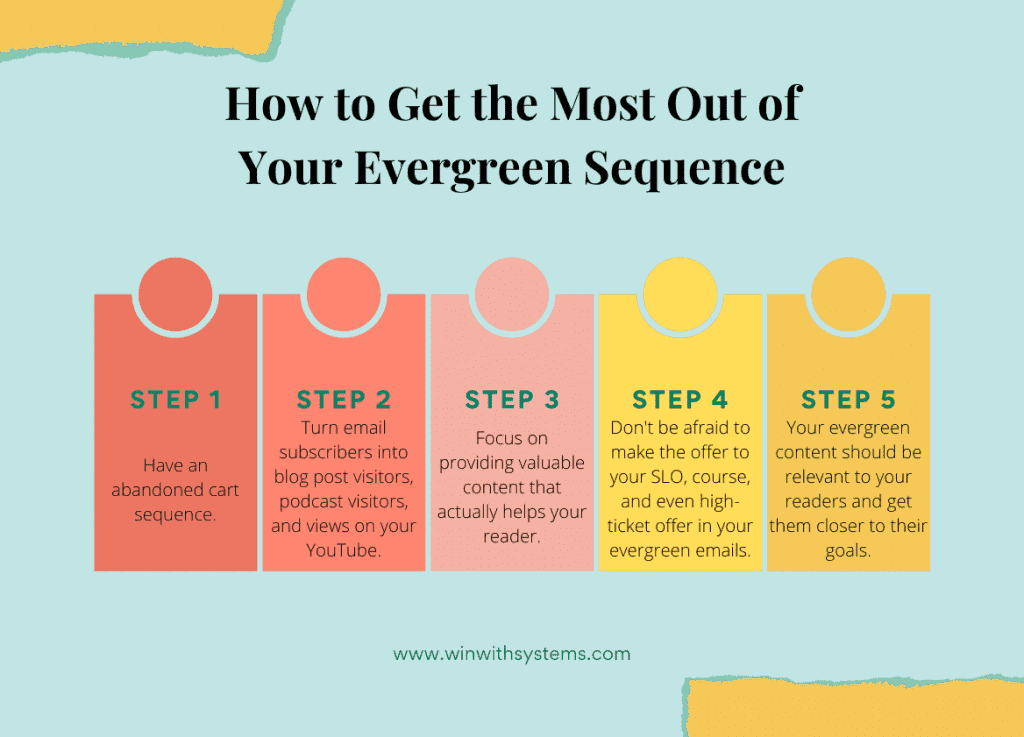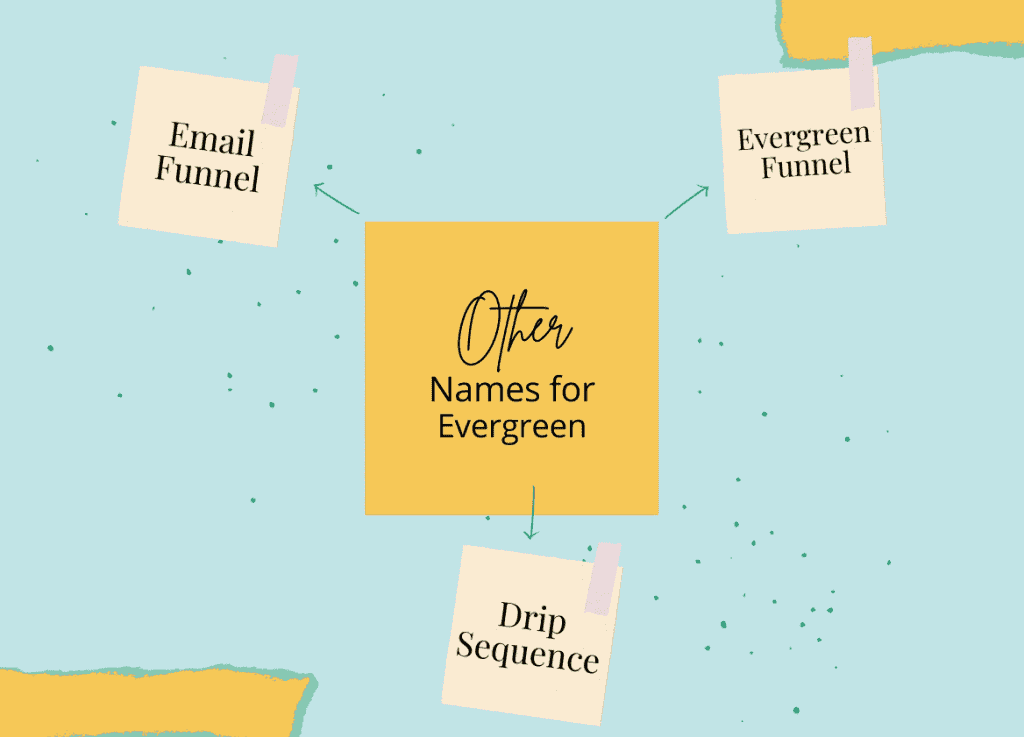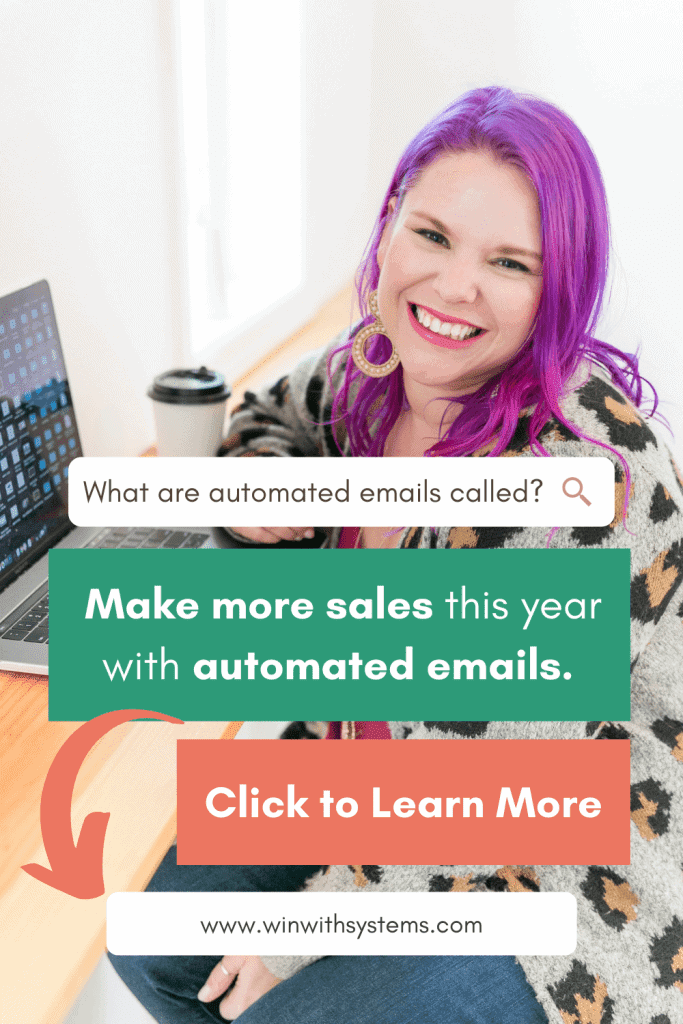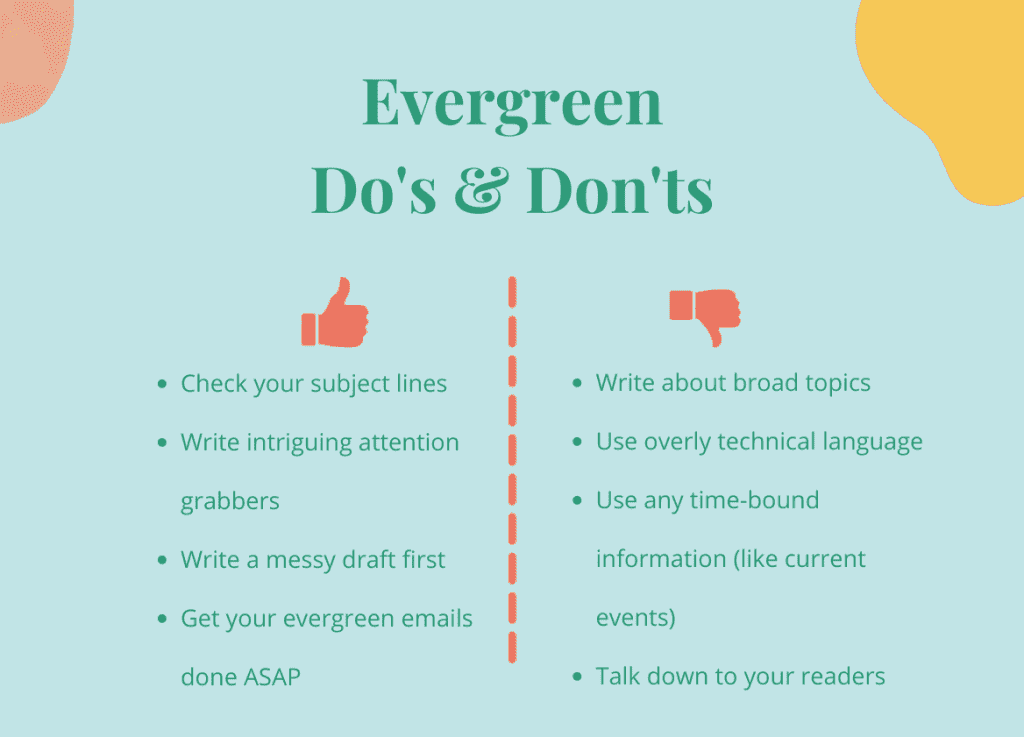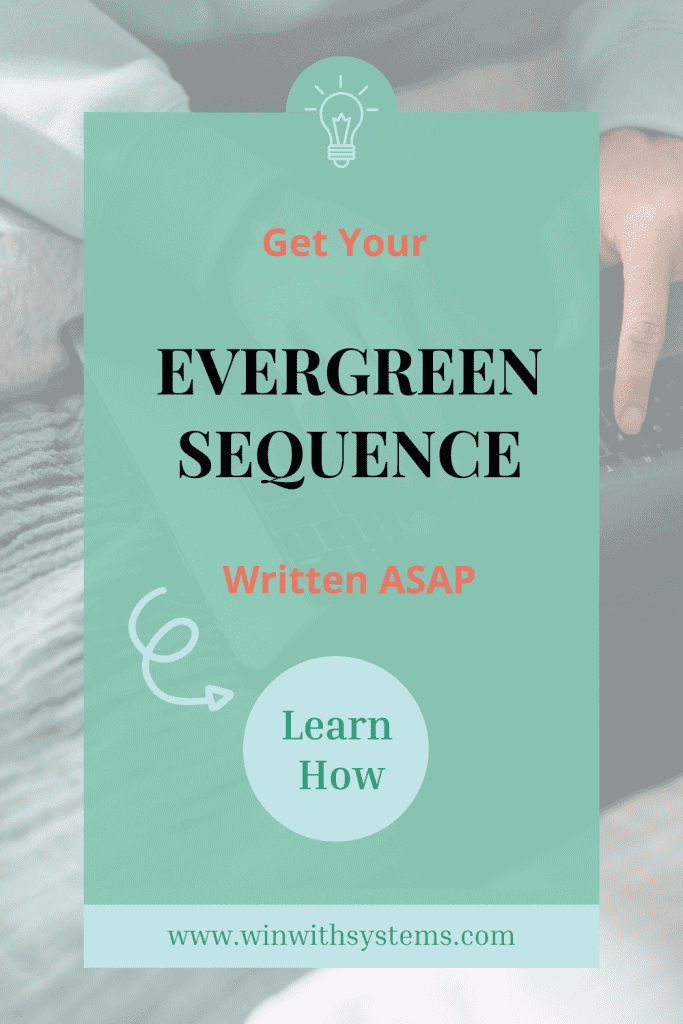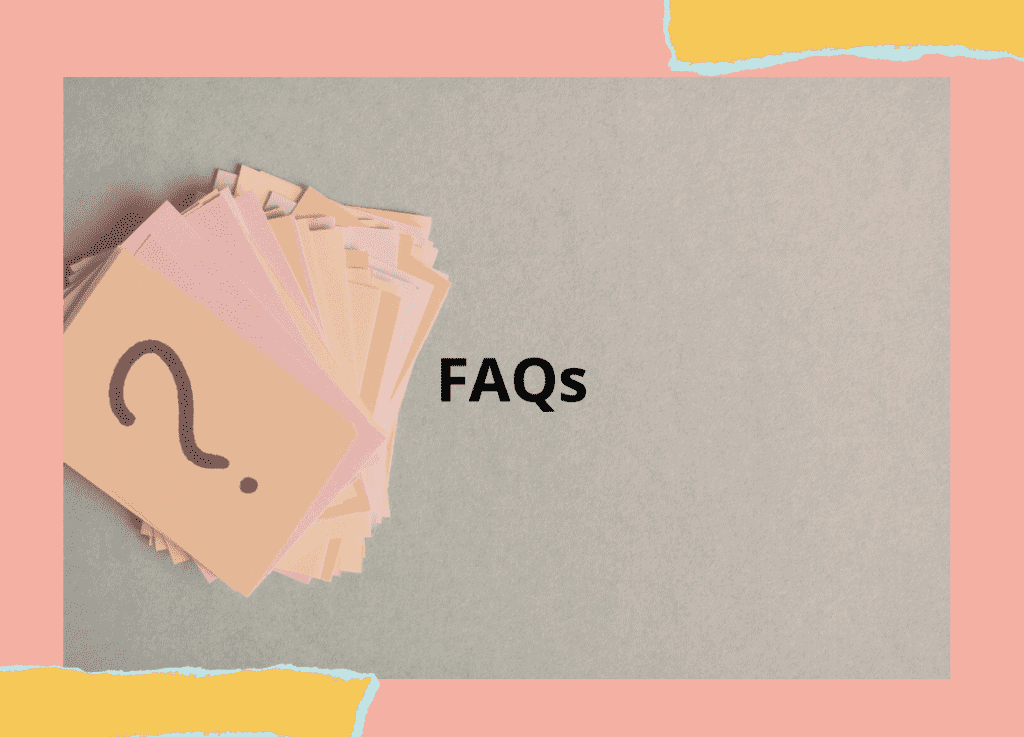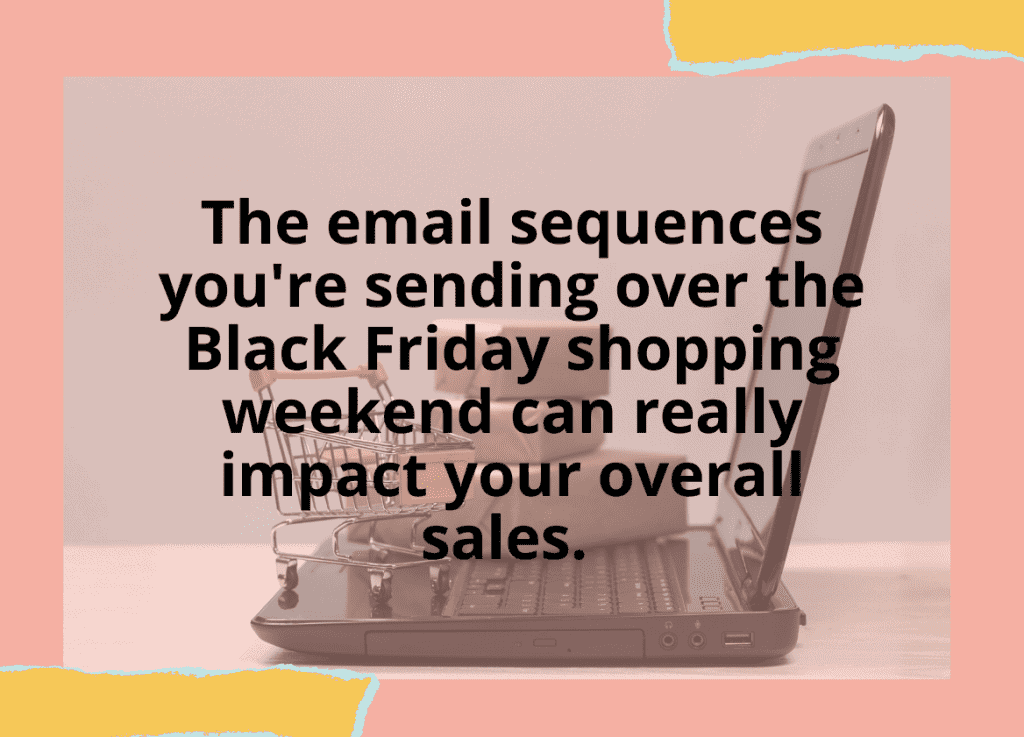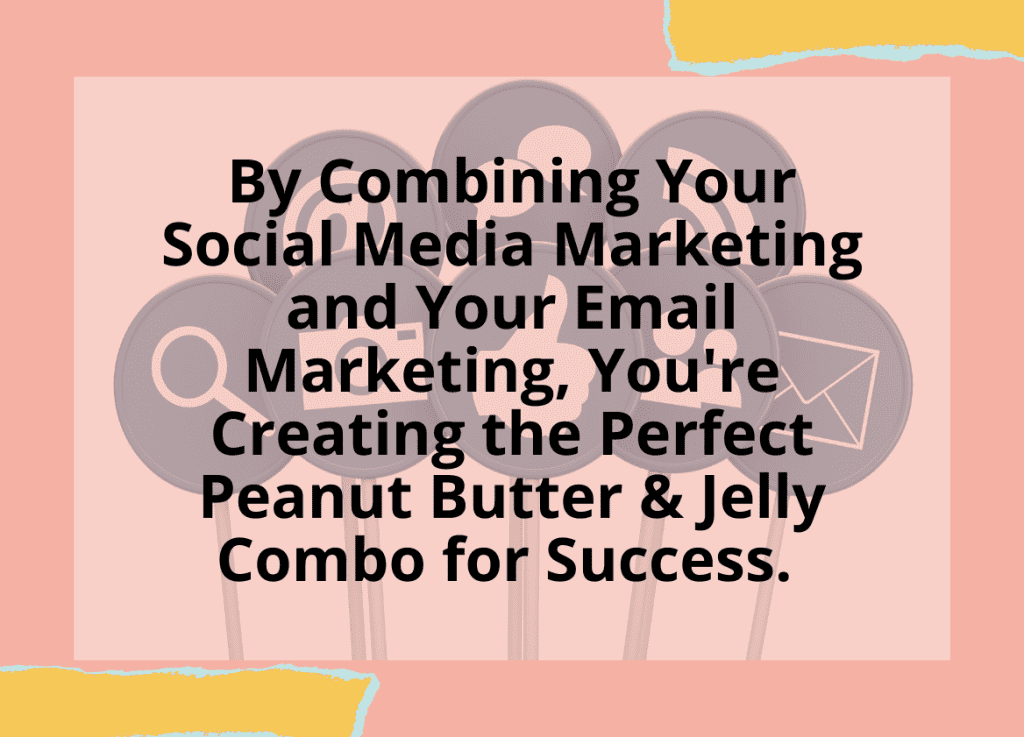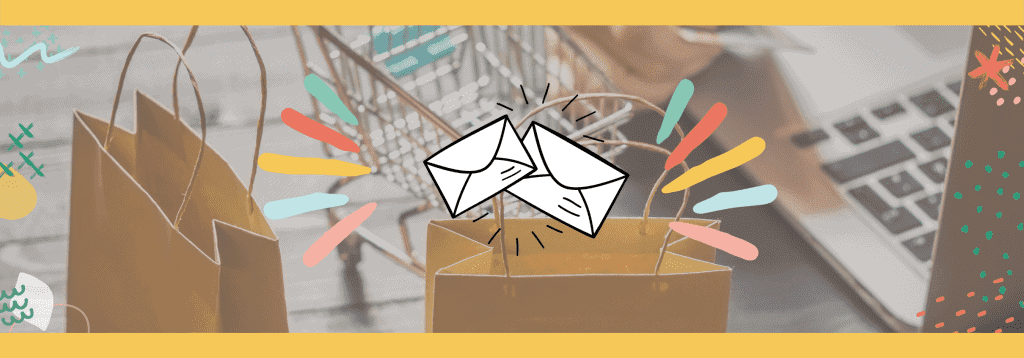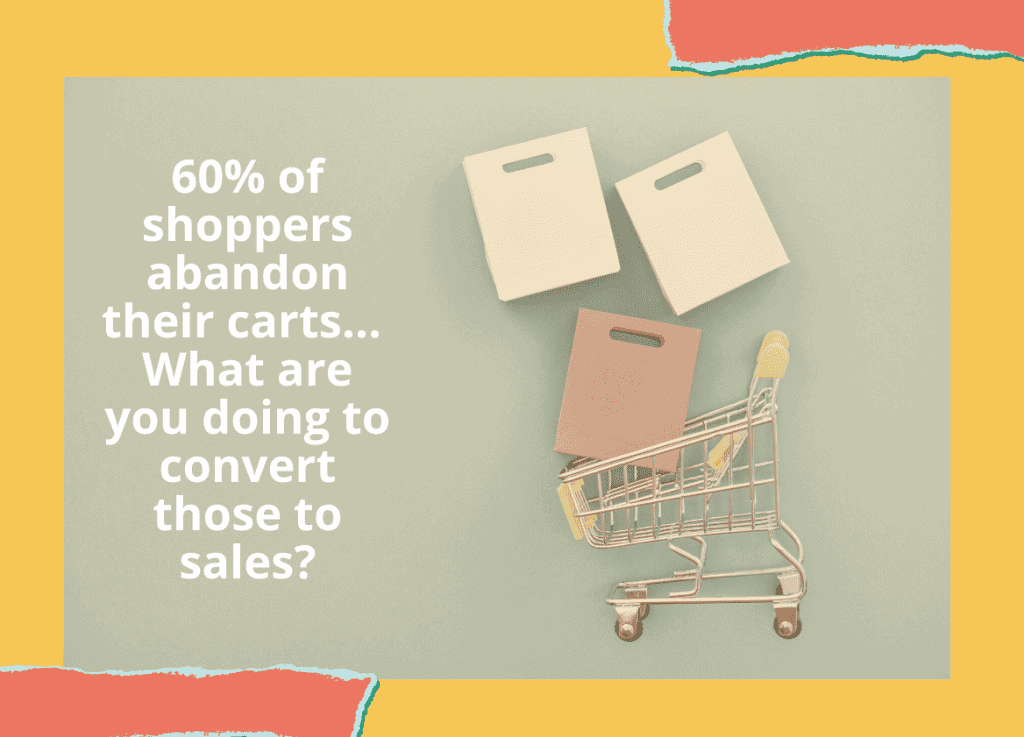How to Write Subject Lines That Get Opened
Did you know an average person receives about 100 emails each day? That’s a lot of headlines begging for your reader’s attention!
Think about your own inbox (you know the one with 348 unread messages waiting for you?). Chances are, if your readers are like you, they won’t be clicking on each one. So how can you increase your chances of getting your audience’s eyeballs on your juicy email content?
Writing catchy subject lines is one of the best ways to grab someone’s attention and get your email opened and read. There are 12 simple tips you can use to write great subject lines starting with your very next email!
How to Write a Good Subject Line
It’s true a bot within the recipient’s email account will be screening your subject line (and email) for different filters to sort it into the primary, promotions, or dreaded spam boxes.
Remember, you’re writing for a real person on the other end. They’ll be deciding to click to open. How do they determine that? Most likely a quick check of the company name to see if you’re a familiar sender, and then over to the email subject line.
Let’s make sure you can write catchy email subject lines that get great open rates!
Keep It Short
Most people are reading their emails on mobile devices, so you’ll want to keep the subject line short enough to be optimized for a mobile screen. Making your email mobile-friendly is the second most used tactic digital marketers use to increase their open rates [R].
The recommendation for the best email subject lines is usually nine words or about 60 characters.
Some mobile carriers will shorten it to even fewer characters, so keep this in mind when crafting your email subject lines. In addition to fitting better on a mobile screen, research has also shown readers prefer shorter subject lines compared to longer ones.
Struggling to keep your email subject lines short? Remember your readers are most likely to skim the beginning and the end of the subject line, so you’ll want to include the most important words on either side and, chances are, you’ll be able to eliminate some of the filler text in the middle.
If you feel you need additional real estate to explain your email contents, you may be able to take advantage of the preheader text area if this is something your email service provider offers. Don’t have a line for preheader text in your dashboard? No problem. The first line of the email will automatically pull and fill into this space, so make sure it’s well crafted too!
Spark Curiosity
Humans are curious by nature and always want to find out what lies ahead, what secrets others might know, or what they might be missing out on (FOMO is real!). Some of the best subject lines pique the reader’s interest as to what the email might contain. They feel compelled to open it and find out more.
You can create curiosity and inspire people to open your email by using open-ended questions, teasers, creating an information gap, or by using curiosity power words like “secrets,” “be the first,” “hidden,” or “eye-opening.”
Use Power Words
Your subject line language should include power words. These are considered almost like email subject line keywords.
The use of pronouns like “You/You’re/Your” or “We” are powerful when used in email subject lines.
Other power words seem to indicate a sense of timeliness or relevance. While there are many forms of how this could be used, examples might be “Introducing,” “Update,” “News,” or “Special.”
Create a Sense of Urgency
Creating urgency is a great way to entice people to click and increase your open rates. As humans, we all want to feel a sense of belonging.
That’s why we get a very real sense of a fear of missing out when we think there might be an opportunity we aren’t a part of whether it’s a special sale or a last chance to participate in a program.
While urgency can lead to good email subject lines and open rates, be ethical with your digital marketing and avoid creating a false sense of scarcity and urgency. Best practices for this are letting someone know when an offer is coming to a close so your reader can take advantage of it if they choose.
Personalization
Personalization doesn’t necessarily mean using your reader’s name in the subject line. Instead, an effective email subject line will include information personalized to your target audience’s pain points and desired solutions.
It’s also more likely to be clicked on when you can write subject lines in the language they use to describe their situation.
Personalization in email subject lines can also include references to a person’s interests, location, or something meaningful to them such as a date or trend.
Don’t Forget Punctuation
It’s easy to skip over punctuation, but when writing good email subject lines, punctuation can make a difference.
Exclamation points and question marks are popular forms of punctuation in great subject lines but don’t overdo it. Typically the rule of thumb is to use no more than three.
(Weird tip: avoid commas in your subject line! I’ve tested enough subject lines at this point to know that a comma reduces your open rate chances. Crazy, right? Another reason we should be friends… you’ll get weird subject line tips like that. LOL. Just what you wanted, I know.)
Remember the Goal
Different emails have different goals. Maybe you’re writing a sales email, a value email, one that shares a blog post, or a weekly newsletter. You’ll want to keep this in mind when writing your email subject lines.
Your audience will appreciate knowing at a glance what the intended purpose is. A newsletter might be something they can save for later while a value email might contain actionable information they can use right away. A sales email, on the other hand, might be an announcement about an offer they can’t wait to jump in on.
Test Your Email Subject Line
Since the iOS update in September 2021 which allowed Apple users to opt-out of tracking, it has become a little more difficult to track email open rates accurately.
You can still get valuable data to determine if your subject lines were clickable if your readers are engaging with the content and responding to your call to action.
Many email service providers allow you to test subject lines with your target audience. When you can use your customer’s language, your email recipients are more likely to click through to open.
Testing can also be used to determine which micro-angle or pain point is more meaningful to an audience segment. Taking the time to research and understand your readers and the subject lines that appeal to them will increase your open rates.
What to Avoid When Writing Email Subject Lines
Generic Subject Lines
Avoid falling into the trap of writing bland, uninviting email subject lines, especially when there are so many resources for writing great email subject lines.
When your readers are pressed for time and scanning their inbox deciding what to read and what to skip (and possibly delete), you don’t want a sleepy email subject line to be the deciding factor in what makes them click away.
Remember your audience signed up to work with you because they love your personality and how you deliver the content to them.
Don’t be afraid to use your brand voice and write funny email subject lines or something that showcases your spirit. It will help you create an instant dialogue with your reader that will make them want to click and read more.
Spammy Language
As tempting as it might be to compose an email subject line promising free stuff or creating a false sense of urgency to help boost your open rate, just put the pen down and step away.
Email subject line examples that are spammy usually include phrases around free, financial promises, or anything that might over-sensationalize or over-promise.
As an ethical marketer knows their readers come to know, like, and trust them. That relationship is meant to exist for the long haul and when you become spammy, it breaks that trust.
Not only that but if done consistently enough you’ll risk your sender’s reputation as well as the overall score for the email service provider you use.
Use all Capital Leaders
No one likes those shouty, all-caps messages. Chances are your reader won’t want to receive (or open) a message where they fear getting yelled at!
A good rule of thumb is to write your email subject lines the same way you would a sentence: with the first word and any proper nouns capitalized. This way the message looks conversational and like it’s coming from someone they know compared to a business.
A practice I utilize within my own email marketing agency is to selectively capitalize one word to emphasize the meaning. We’ve had good luck with open rates for ourselves and our clients using this technique.
Writing Misleading Subject Lines
Most of us have received enough emails with misleading subject lines that we’ve become wary of them as spammy tactics. Email subject line examples that are misleading might be those that start with “Re:” when you hadn’t actually asked for any information breaks trust with your readers.
Have respect for your reader and the privilege of being in their inbox. Your email subject line should get to the point and be meaningful to the message within the email content.
Tools to Help Write the Best Email Subject Lines
Even with helpful guidelines, it’s sometimes helpful to have a (virtual) second set of eyes on our email subject lines to give feedback about overall effectiveness, subject line length, use of power words, the emotional value of copy, and more.
Below are some of my favorite tools, many of them free, that can be used to make your business’s email marketing campaigns.
Email Subject Line Grader
Email Subject Line Grader is a free tool offered by NetAtlantic. Simply enter the email subject line you want to test, hit “Go!,” and you’ll receive a score out of 100 with some tips for what you did well and what can be improved.
Email Subject Line grader tallies your word count, character count, and some feedback on word mixture and balance, detailing which language might be emotional, powerful, generic, and more.
SubjectLine.com
SubjectLine.com is one of my favorite free subject line checkers. Similar to the Email Subject Line Grader, this tool analyzes your subject line and scores it out of 100. You’ll quickly see where you gain and lose score points for things like your subject line being too long, use of capital letters, use of exclamation points or other punctuation, and urgency.
If you sign up for their newsletter, you will receive weekly tips on how to craft good subject lines as well as other information about online marketing.
Email Subject Line Analyzer
Email Subject Line Analyzer by Attrock promises to be a free online tool that will help you write subject lines that get more email opens, more clicks, and more conversions.
You do have to enter your business email (yep, it has to be a biz email) to use this one, but in exchange, you’ll get their marketing emails which also include a score and suggestions to improve your subject line.
Information includes positive language that will improve your open rate, phrases that harm your open rates, word count, character count, whether or not you’ve used title case, your subject line type, if you used emojis, or if you personalize your email with your reader’s name.
Email Subject Line Analyzer also gives you a preview of what the headline will look like on Apple, Gmail webmail, and an app preview of mobile devices. Pretty cool! This way you can see what your email subscribers are seeing when your email hits their inbox.
In Summary. . .
A great subject line is a first impression your email subscriber will have with you when your campaign hits their inbox.
Final tips for writing good email subject lines are remembering to keep your subject lines short, spark curiosity in your reader, use power words or keywords, and create urgency.
Using best practices for segmenting your list and understanding your audience’s needs will help you craft personalized email subject lines making the contents more meaningful to your audience. Personalization goes beyond using their name field and can also mean making the subject line relevant to their location, interests, or other relevant trends.
Take advantage of A/B testing options within your email service provider to help you determine which email subject lines get a better open rate with your readers.

